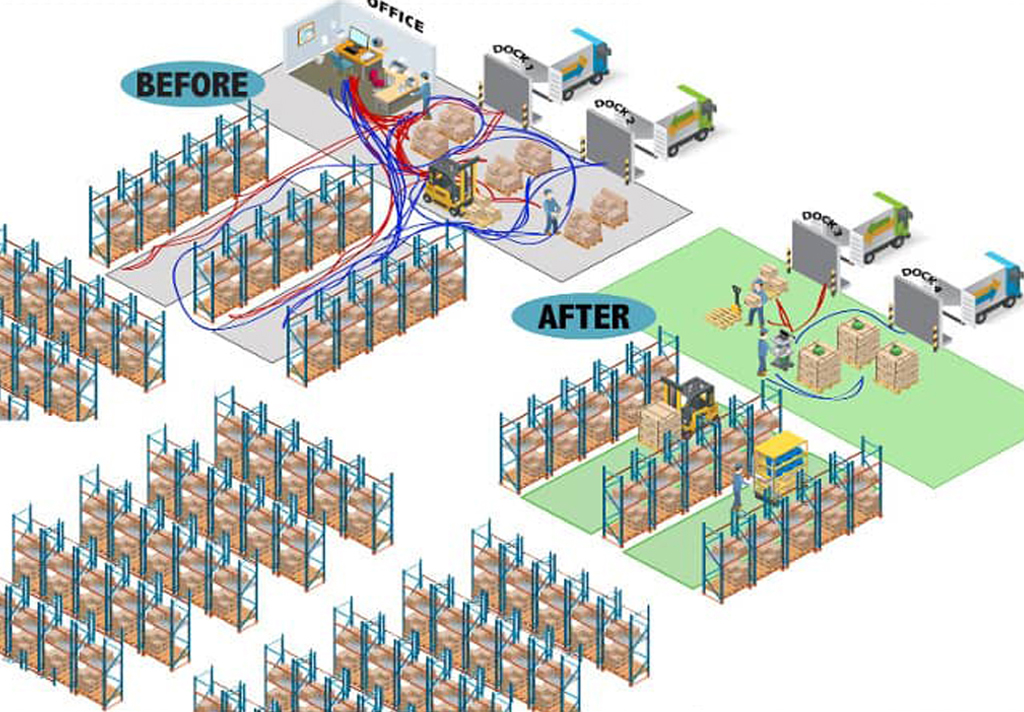
Batteries, “To charge or hot swop?”
Battery powered IT devices need careful battery management to avoid unnecessary downtime and a mobile workstation is no different.
When specifying the model of workstation, we need to look at shift practices and the IT devices (printer specifically) that will be used.
The shift pattern will determine the choice of battery, lead-acid gel or lithium-ion phosphate and the IT resources the inverter power capacity. A laser printer requires the highest capacity inverter.
If working single shift, lead-acid gel batteries will do the job and the batteries can be recharged overnight. If 2 shift or 24hr working, lithium-ion phosphate batteries are the way to go because lithium-ion phosphate batteries take less time to fully charge from empty and can be fast-charged for short periods during operatives’ break periods, similar to our mobile phones.
Another way is to have workstation where the batteries can be readily exchanged for charged batteries when needed. This needs additional batteries that are maintained on a charging station and when the battery is low the user simply exchanges (swops) the discharged battery for a full battery and continues working.
There is no real science that applies here, either charge in situ or swop a discharged battery for a full battery. The object of the exercise is to minimise down time and benefit from the productivity gains the workstation brings.




